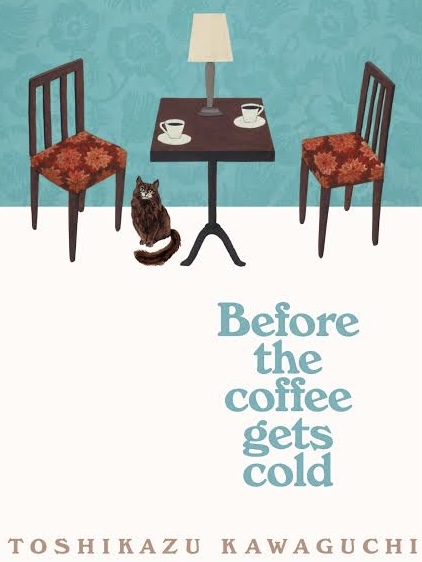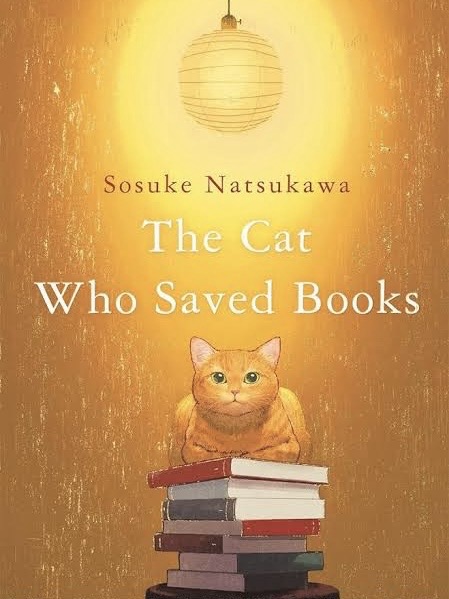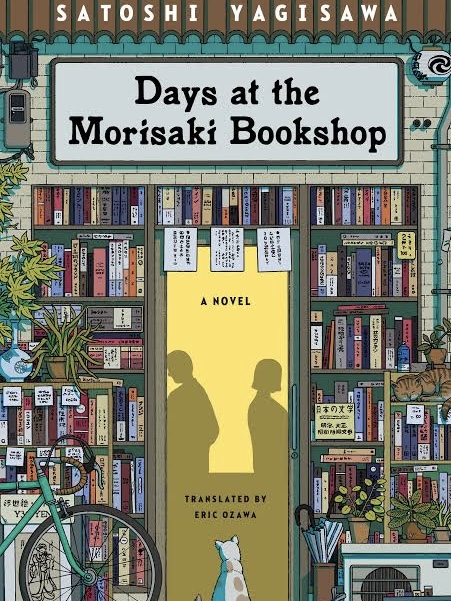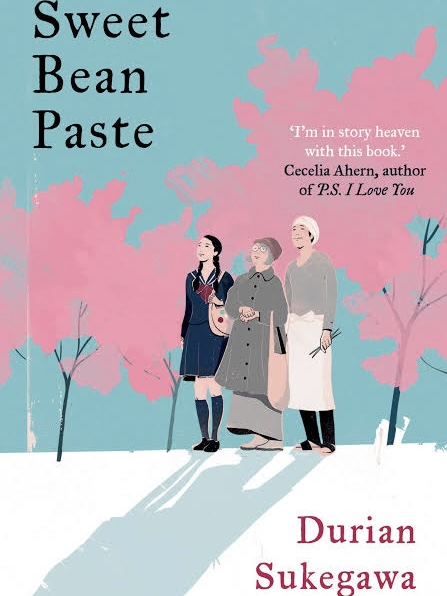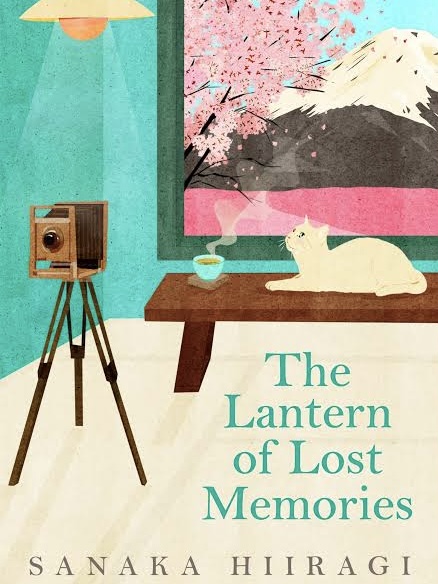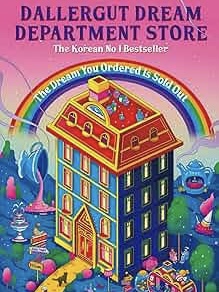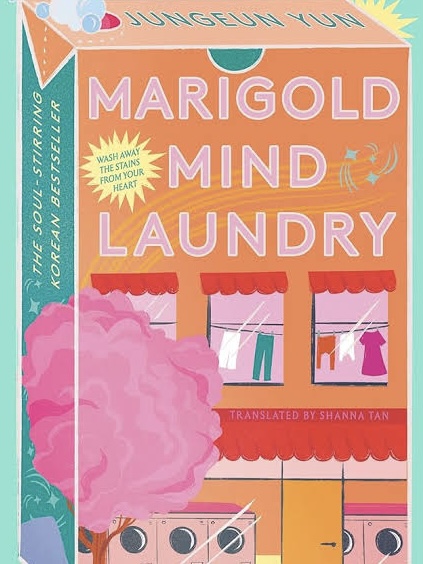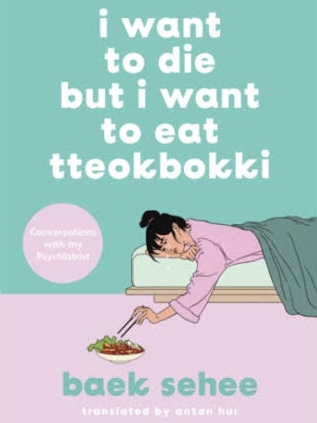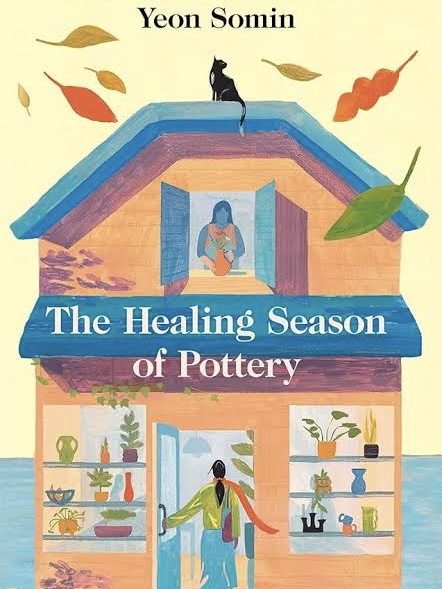In a relentless, hectic world, there’s a quiet corner in the literary realm where books don’t just offer an escape. They wrap you in a warm hug, offering reassurance and a soothing presence. This trend, also referred to as ‘cozy fiction’ or ‘cat fiction’, started in Japan as Iyashikei and later in South Korea as K-healing fiction.
While sharing a heartwarming core, these two genres possess unique characteristics born from their distinct cultural landscapes.
What Is Iyashikei Fiction?
Derived from the Japanese word ‘iyashi’ (healing or soothing) and ‘kei’ (type or style), Iyashikei fiction is a genre designed to evoke a sense of calm, tranquility, and emotional catharsis. It took hold in Japan in the mid-1990s, when people needed solace from the collective trauma after difficult events like the Great Hanshin earthquake and the Tokyo subway sarin attack, alongside a period of economic stagnation. Readers sought escape from a demanding reality.
In Iyashikei books, the plot usually takes a backseat to atmosphere and character immersion. The narratives tend to be gentle, slow-paced, with characters living peaceful, often mundane lives in serene environments. There are no grand adventures or shocking twists. It’s all about quaint rural settings, charming cafes, or quiet bookstores where daily routines unfold with a soothing rhythm. Conflict is typically soft, just enough to highlight the beauty of everyday existence and the subtle unfolding of human connection. The healing comes from observing these tranquil worlds and finding peace in their simplicity, often imbued with a bittersweet appreciation for the transient nature of things – a concept known as mono no aware.
Key Characteristics of Iyashikei Fiction
- A beautiful atmosphere: Emphasis on creating a tranquil, soothing setting.
- Minimal plot: Stories are often slice-of-life, with low-stakes drama.
- Gentle pacing: A slow, unhurried narrative to allow for deep immersion.
- Emphasis on everyday beauty: Finding profound meaning and magic in the simple, familiar things.
- Reflective tone: Can carry a touch of melancholy, appreciating beauty in impermanence.
Some Lovely Iyashikei Books to Get Started
Affiliate links may earn us a little — not always. The price stays the same for you.
- Before the Coffee Gets Cold series by Toshikazu Kawaguchi (2019)
- The Cat Who Saved Books by Sōsuke Natsukawa (2021)
- Days at the Morisaki Bookshop by Satoshi Yagisawa (2023)
- Sweet Bean Paste by Durian Sukegawa (2017)
- The Lantern of Lost Memories by Sanaka Hiiragi (2024)
What is K-Healing Fiction?
K-healing fiction is about empathy, emotional comfort, and helping readers find their own path to healing. While sharing a similar spirit with Iyashikei, K-healing’s explosion in popularity feels much more recent, especially since the pandemic turned the world upside down.
It is a response to the intense pressures of modern South Korean society, where burnout, mental health challenges, and a feeling of alienation are prevalent in a hyper-competitive environment. However, the constant push, the endless competition, and the nagging feeling of being lost or disconnected are present in most Western societies today.
K-healing narratives often feature characters who grapple with these very real struggles and then embark on journeys of self-discovery and recovery, frequently by stepping away from demanding urban lives to find solace in simpler, more connected communities and settings.
In K-healing fiction, there’s a clear focus on the characters’ internal transformation and the active pursuit of well-being. The stories tend to be wonderfully uplifting, sending the clear message that healing is possible, thus providing a sense of hope and reassurance through human connection and a shift in perspective.
The special spice lies in the subtle elements of magical realism that are often woven in, adding a whimsical touch to the narrative that helps characters – and readers – process their emotions.
Key Characteristics of K-healing Fiction
- Character-driven healing: Strong focus on the protagonist’s emotional journey and personal growth.
- Relatable struggles: Address modern stress, burnout, and mental health.
- Uplifting and hopeful tone: Leaves you feeling optimistic and empowered.
- Community and connection: Healing frequently happens through new friendships and shared experiences.
- Gentle magic: Incorporates fantastical elements that aid in the healing process (e.g., dream departments, mind laundries).
A Few K-healing Gems:
Affiliate links may earn us a little — not always. The price stays the same for you.
- Welcome to the Hyunam-dong Bookshop by Hwang Bo-Reum’s (2024-2025)
- The Dallergut Dream Department Store series by Lee Mi-ye (2024)
- Marigold Mind Laundry by Yun Jung-eun (2024)
- I Want to Die but I Also Want to Eat Tteokbokki by Baek Se-hee (2021)
- The Healing Season of Pottery by Yeon Somin (2024)
Similarities: The Shared Language of Comfort
Despite their distinct origins, Iyashikei and K-healing fiction share a comforting literary DNA:
- Cozy havens: Both genres transport you to inviting spaces like independent bookstores, sunlit cafés, laundromats, or small community shops as central hubs for safety and as catalysts for connection.
- The power of human connection: Though healing happens differently, both highlight the profound impact of human interaction, empathy, and shared experiences on well-being. Characters find solace and understanding through gentle conversations and supportive relationships.
- Escape from the mundane: Both offer a break from the noise, the hustle and bustle of modern life, allowing readers to find a moment of quiet and a chance to simply be.
- Celebrate everyday life: They remind readers of the beauty and meaning that’s present in the quiet rhythm of daily life and the significance of ordinary moments and small victories.
- Gentle conflict: Any conflicts that arise are low-stakes and handled with grace, understanding, introspection, or the support of others, rather than confrontational drama.
Differences: Nuances in Healing
While the shared threads are clear, the differences between Iyashikei and K-healing reveal their unique cultural contexts:
- Emotional tone: Iyashikei often carries a subtle melancholic or bittersweet undertone, rooted in the appreciation of transient beauty (mono no aware). K-healing, while acknowledging pain, is generally more hopeful and optimistic, focusing on active recovery and second chances.
- Narrative focus: Iyashikei prioritizes creating a serene atmosphere where little happens but much is felt. K-healing regularly centers on the character’s journey and transformation, with a clearer arc towards overcoming specific personal challenges.
- Societal mirror: Iyashikei emerged from healing past traumas and adjusting to life’s flow. K-healing directly confronts the intense pressures of South Korea’s society, frequently showing characters choosing different, more fulfilling paths.
- Magical elements: While some Iyashikei sometimes includes hints of magic, K-healing tends to embrace more visible (though still gentle) magical realism that adds a whimsical, symbolic layer to the healing process.
The Rising Tide: K-Healing Worldwide
While Japanese cozy fiction has enjoyed a consistent readership for years, the past few years have seen an explosive rise in the popularity of K-healing fiction, for several reasons:
- The ‘K-Culture’ wave (Hallyu): K-pop, K-dramas, K-beauty, and other Korean cultural exports have open many doors. For anyone already captivated by any element of the Korean culture, it’s a natural step to explore its literary treasures.
- Post-pandemic comfort: The global upheaval and collective stress caused by the COVID-19 pandemic significantly increased the demand for comforting, escapist literature. K-healing’s gentle narratives and themes of resilience resonated deeply with readers seeking solace.
- BookTok and social media buzz: Platforms like TikTok, particularly its ‘BookTok’ community, have been instrumental. Viral recommendations and enthusiastic reviews have propelled K-healing titles onto bestseller lists, showcasing their emotional impact and accessibility.
- Relatability of themes: Even though the stories are rooted in Korea, the themes of burnout, anxiety, finding purpose, and the need for genuine connection are universally relatable. Readers worldwide connect with characters who choose well-being over relentless productivity.
Both Iyashikei and K-healing fiction offer a timely and potent antidote to the stresses of modern life. You’re not just reading a book; you’re finding a moment of peace, a comforting hand, and a gentle reminder that even in a demanding world, healing, hope, and human connection are always within reach. Whether you choose the quiet reflection of Iyashikei or the uplifting journey of K-healing, both genres offer a deeply welcoming literary embrace.
